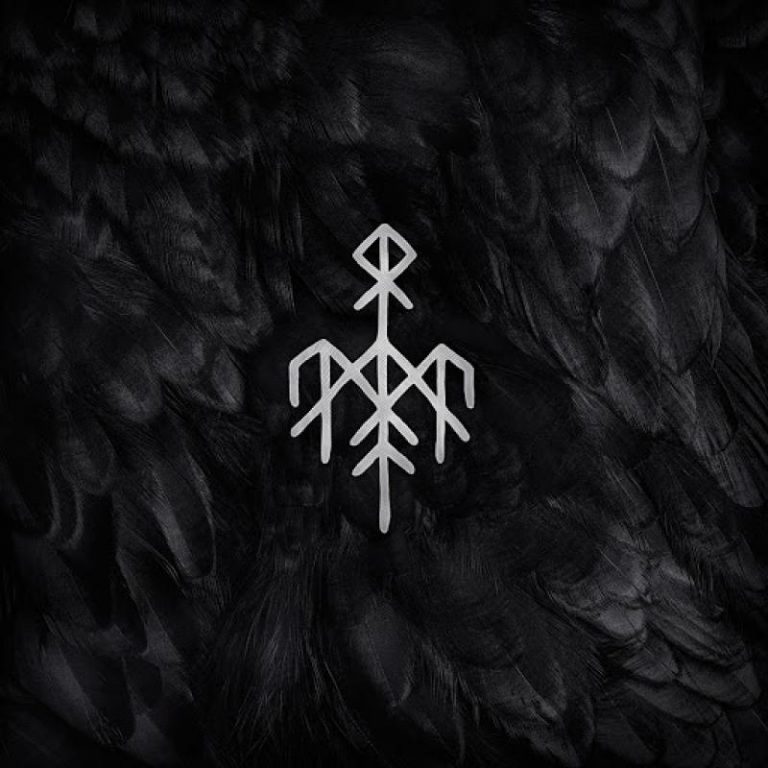If ever there was an album that justified the exercise of bringing traditional music to a modern audience, Kvitravn is that album. This isn’t something contemporary that uses traditional elements as an extra added flourish, instead consider what Wardruna are doing on Kvitravn (and indeed their previous three albums) as comparable to the evolution of classical music.
From the renaissance era, through the baroque and classic eras to the romantic era there was a clear lineage, yet each individual piece is clearly identifiable as coming from its period; each symphony was a product of its time for various reasons. On Kvitravn that lineage and authenticity, if you will, is there in abundance; in Wardruna’s use of traditional instruments to create their enthralling sound or the Norse mythology that is the beating heart of every song.
The contemporary elements? The band’s figurehead Einar Selvik experiments on those traditional instruments, exploring them and playing his own style before learning the more traditional sounds those instruments would be more accustomed to. This may explain why you could be forgiven for thinking you’re listening to a metal band just before the electric guitars are added into the mix.
In the lead-up to the release of Kvitravn, Selvik has been open about mankind’s move away from the natural world and how crucial it is to reverse this trend. This makes the usage of Norse mythology – with a particular emphasis and focus being placed on animals and nature from that mythology – an effective tool to underline that message.
In English, Kvitravn translates to White Raven. The raven is a central figure in Norse mythology – two of them being by Odin’s side, one of whom represents memory (Munin). It’s no coincidence that there is a song named after this raven on Kvitravn. That usage of mythology to echo Selvik’s real-world concerns is right there in the representation of memory in the music.
The white raven is an important symbol too; whenever it appears it represents change, enlightenment and even hope, three things the world could do with right now, which makes it all the more bizarre that the entirety of Kvitravn was actually written before the current pandemic took hold. Who would have thought that ideas born centuries ago could still be so relevant in this day and age? Although, that train of thought only goes to underline the importance of traditional ways and Selvik’s vindication to bring Wardruna to life and present its message to as many listeners as possible.
As for what those traditional instruments bring, they have the special quality of captivating a listener regardless of mood or tempo. The album flows from track to track but never feels like a heavy listen, which may be due to the strength of the songs taken on their own merit. You don’t need to listen to these songs as part of an album from start to finish to appreciate them, but it’s an added bonus if you do.
Also of note is the interplay between the vocals and the instruments on Kvitravn. At any given moment a singular vocal line will be given prominence, a chanting chorus will come into focus or an instrument will take over, and sometimes they all get added to the pot as an exclamation point that doesn’t negate what came before but only serves to reinforce it. The foreboding power of “Skugge”, for example, is all the more powerful because the vocals have the room to breathe and transmit that intensity without having to fight for space. By the end of the song everything is in focus, and playing with the dynamics in such a way makes it that little bit more exciting than it already is.
It’s likely that 2021 won’t see another album quite like Kvitravn. It has the ability to be haunting, captivating, rousing and ethereal in equal measure. It’s an album that certainly requires your attention – and it deserves it, too.

